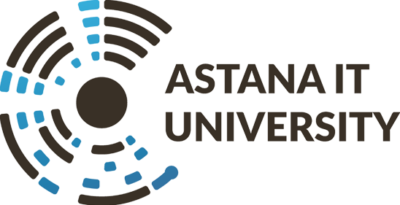This course focuses on the study of numerical methods for partial derivatives, with the focus on strict mathematical structure. Particular attention will be paid to a thorough understanding of the identified partial differential equatoins, the basis of finite differences, finite volume, finite elements and spectral methods, as well as consideration of concepts such as stability, convergence and error analysis. Problems: heat equation, wave equation, problems with convectional diffusion, Poisson equation, Navier-Stokes equation. Concepts: consistency, stability, convergence, weak equivalence theorem, error analysis, Fourier approaches. Methods: finite volumes, finite elements, spectral methods.

